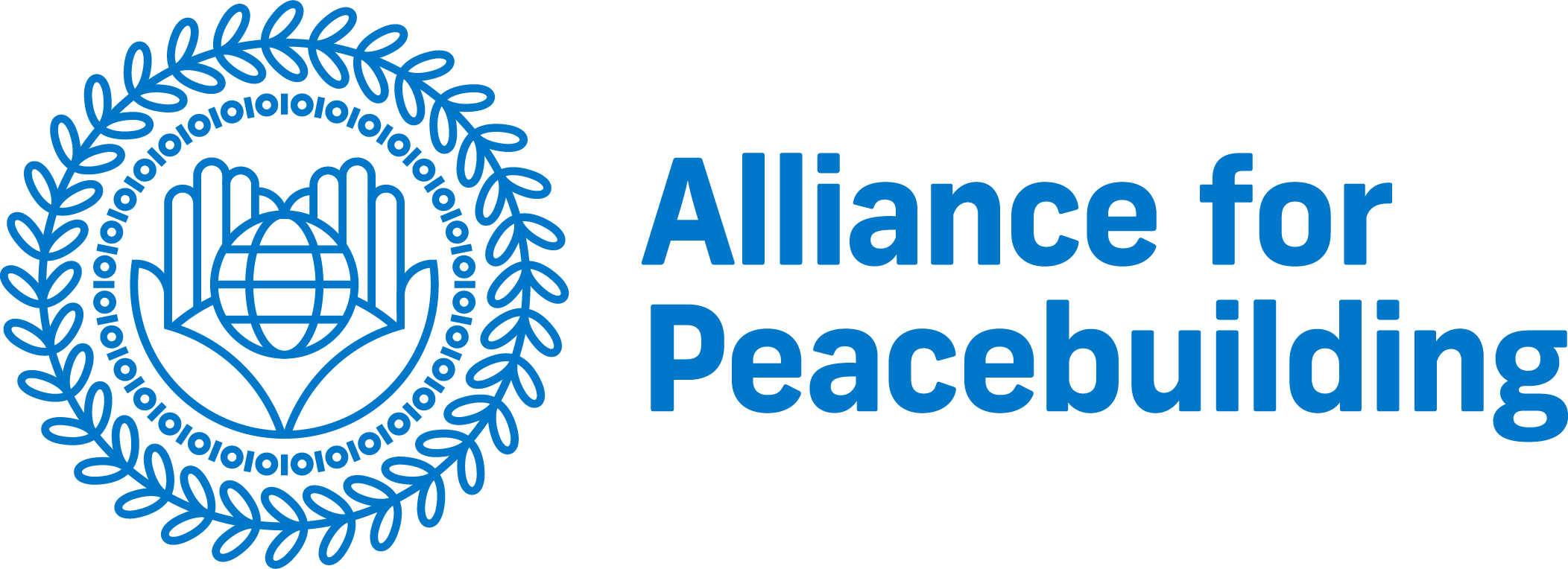Peacebuilding Communications Community of Practice
The Peacebuilding Communications Community of Practice
In December 2023, AfP integrated +Peace Coalition into its network and established a new Peacebuilding Communications Community of Practice. Serving as an educational and capacity-building hub, the community of practice will equip AfP members with skills to strengthen their capacity and commitment to building persuasive peacebuilding narratives. Members will learn how to better communicate what peacebuilding is and why it is needed now more than ever, as well as how to build and engage cross-sector public constituencies that understand and support peacebuilding and conflict prevention, from policymakers to the media to the public. The community of practice will prove that AfP members and the broader field can take practical and actionable steps to build peace and prevent and reduce conflict—in faraway places and in neighborhoods just down the street.
All members are welcome to join, but we especially encourage those working in communications to participate.
Background
The peacebuilding field has not been effective in its collective messaging, struggling to successfully communicate what peacebuilding is and why it matters. Peacebuilding is often perceived as an intangible and passive end state rather than an active, interconnected, and vital part of global policies and laws impacting assistance and diplomacy. As opposed to other development assistance sectors like health and humanitarian, the peacebuilding field must consistently argue for including peacebuilding and conflict prevention in laws, policies, programming, and funding. Additionally, the current media environment is overwhelmingly negative and emphasizes conflict and violence, which creates a climate of fear and a lack of agency and hope.
In 2017, the Alliance for Peacebuilding (AfP), in collaboration with PartnersGlobal and the FrameWorks Institute, launched a three-year research effort analyzing what Americans think about peacebuilding and conflict prevention and how to reframe the narrative of peacebuilding. This multi-year, multi-method research gathered data from the American public and peacebuilding experts to determine which narrative frameworks best make the case for peacebuilding in foreign affairs. This research resulted in concrete framing strategies emphasizing interconnectedness, bridge-building metaphors, and active and practical examples. The research also finds that “crisis messaging” and traditional peace narratives around “love and utopia” are ineffective. Implementing this research is vital to AfP’s new 10-year Fieldbuilding Strategy to build and advance the peacebuilding field.
What We Know
Social science research shows that crisis and negative messaging generate a culture of fear, causing people to shut down. We can promote a cultural shift toward peacebuilding by identifying, developing, and deploying common framing strategies. Reframing can change how we and the field communicate and message about peacebuilding to make the case and build peacebuilding champions—with policymakers, lawmakers, and the public.
Objectives of the Peacebuilding Communications Community of Practice
Build common evidence-based framing and messaging strategies that are widely deployed across the peacebuilding field.
Strengthen members’ capacity and commitment to narrative construction using positive peace frames, resulting in more local support and long-term impact of peacebuilding policies and programming.
Increase broader public interest in and understanding of peacebuilding efforts and how to become involved on the local, national, and global levels.
Rebrand peacebuilding as an active, interconnected, and vital part of global policies and laws within governmental and global policy frameworks.

